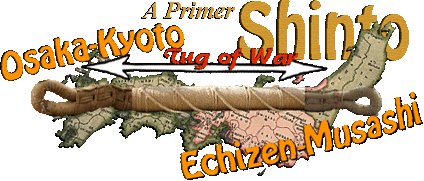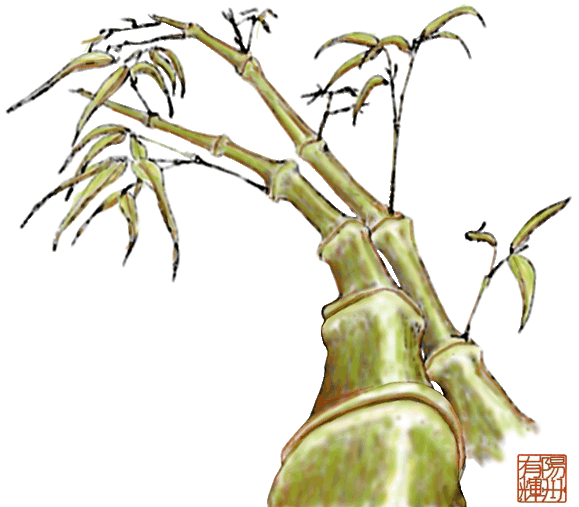The
appraisal text for SHINTO will cover the
considerations for OSAKA - KYOTO first, followed
by the ECHIZEN - MUSASHI.�
OSAKA - KYOTO:
Technical
YAKIDASHI
OSAKA and KYOTO
have similar YAKIDASHI.
OSAKA
(SETTSU Province)
OSAKA YAKIDASHI
can be a SUGU but starting out close to
the HA
then graduating to the width of the YAKIBA
with only a few and usually subtle NOTARE seen.
KYOTO
(YAMASHIRO Province)
KYOTO YAKIDASHI
appear as a SUGUHA of some width in which a
MIDARE is seen. This
MIDARE can be subtle or fairly pronounced,
but always segregated
within the YAKIDASHI.
////ARTWORK/////
Compare KYOTO with OSAKA YAKIDASHI
BOSHI
OSAKA (SETTSU Province)
The BOSHI of
OSAKA and KYOTO differ. Generally, at the
time of manufacture,
an OSAKA BOSHI had a greater width of YAKIBA
in the KISSAKI
or a greater width of YAKIBA from the point.
Seeing MARU in a BOSHI reminds one to
ask, "OSAKA?"
/////ARTWORK/////OSAKA
BOSHI
KYOTO
(YAMASHIRO Province)
Many examples of
KYOTO BOSHI display MIDARE.
JIZO-like shapes are often encountered,
with KO-MARU. Some KYOTO blades have a
MIDARE
figure saddling the YOKOTE. One expects less
YAKIBA above the KYOTO BOSHI than that of
OSAKA.
APPRAISAL NOTE:
MISHINA School had distinctive BOSHI.
////ARTWORK////
KYOTO and MISHINA BOSHI MIDARE
at YOKOTE
STEEL
When comparing
OSAKA with KYOTO, KYOTO should have
stronger JI-HADA. A reverence for the
tradition of YAMASHIRO surface steel
was carried in the
KYOTO products, "KYOTO Steel."
OSAKA
smiths, however, prided their work as the
finest worked steel of the period.
Often the surface of an OSAKA blade will
have a wet, glistening
appearance and little discernible grain from the finely worked HADA.
BOTH OSAKA
AND KYOTO DISPLAY FINELY WORKED STEEL.
STRONGEST
appraisal-point for SHINTO: fine-grained or
MUJI-like steel
infers OSAKA - KYOTO.� |








